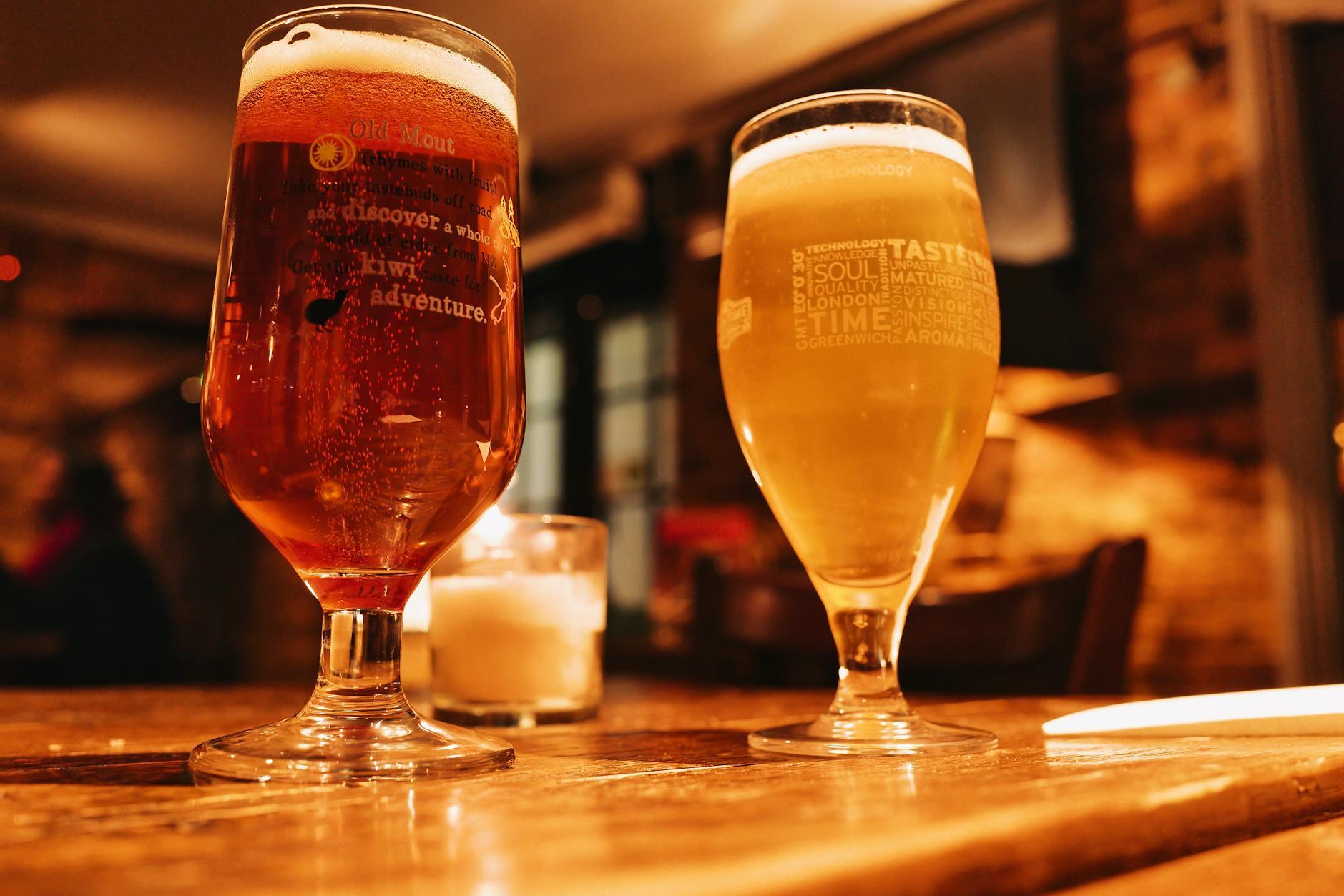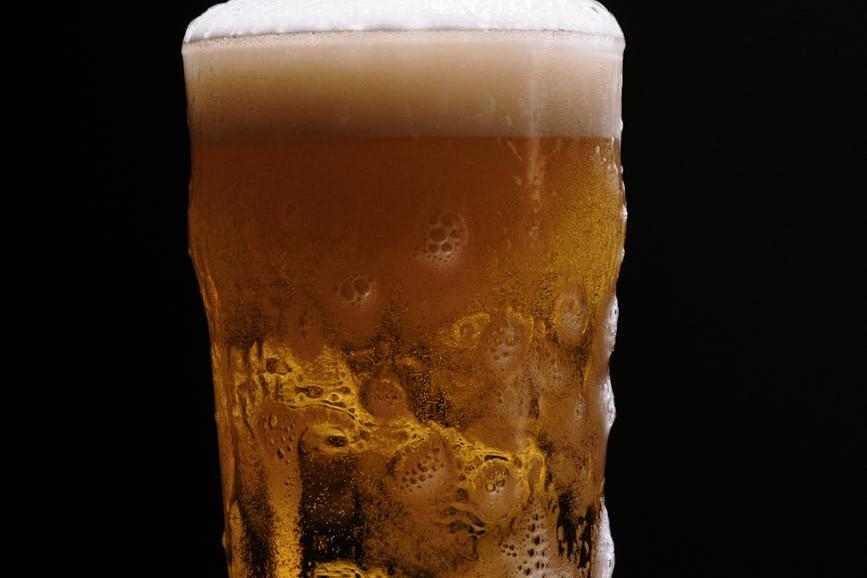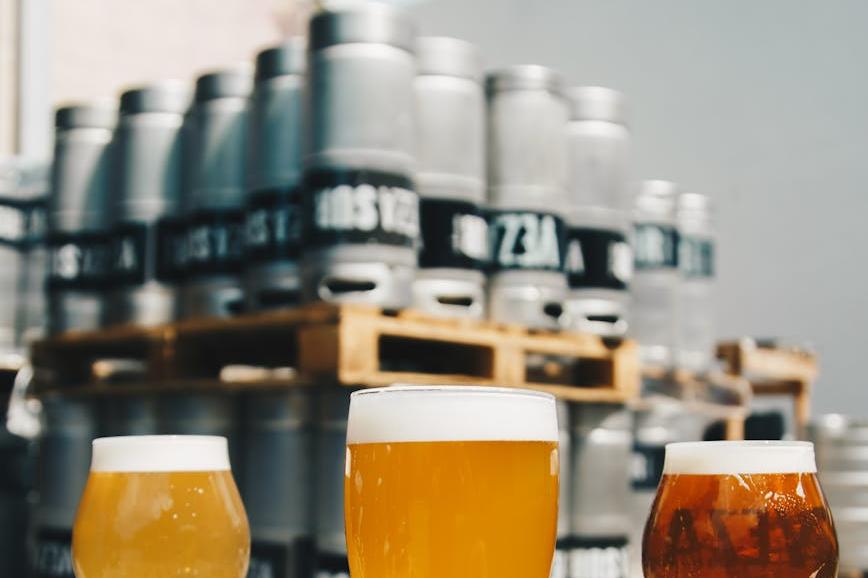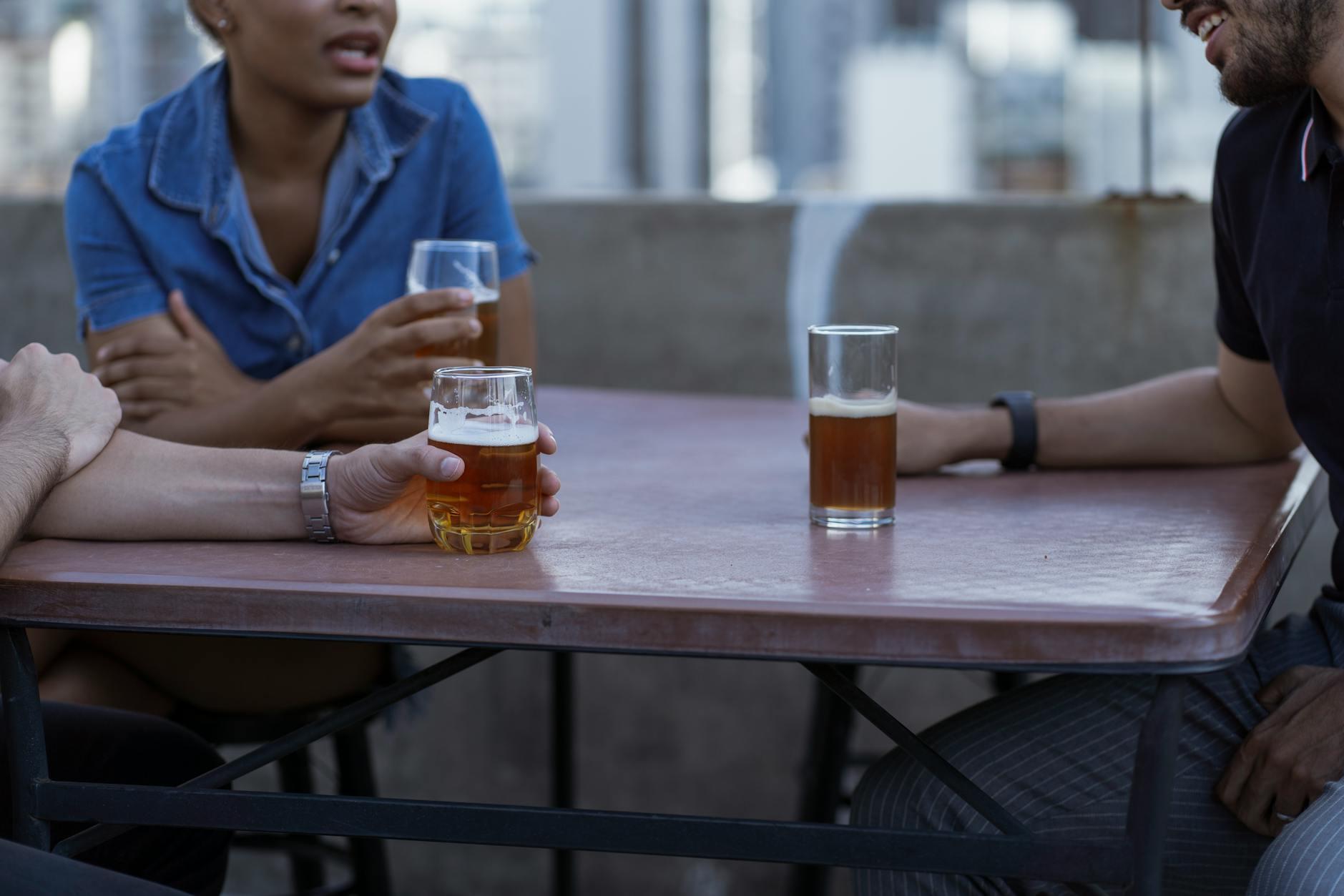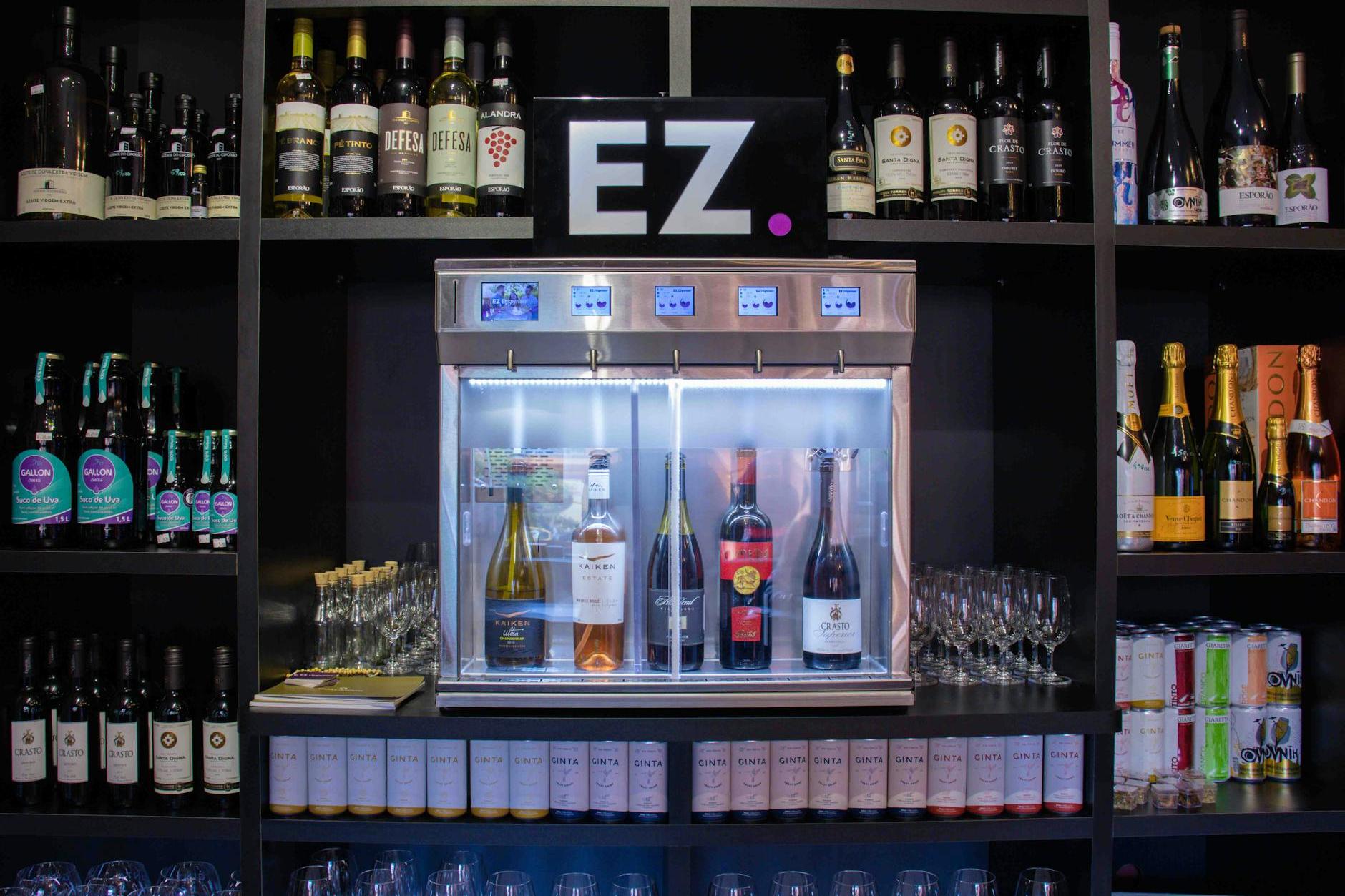- Shanghai Zhongshen International Trade Co., Ltd. - Two decades of trade agency expertise.
- Service Hotline: 139 1787 2118
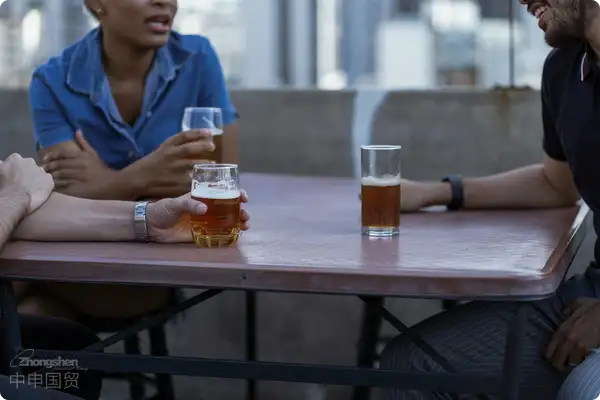
Contents
ToggleThe Eastern Secret in the Beer World
Holding the distribution rights for Kirin Beer is like wielding the "Heavenly Sword" in Japan's sake industry, but to make this sword shine in the Chinese market, one must first navigate through...foreign tradeMeridians. With 20 years of experience, I have witnessed too many cases of "failure to acclimatize": a North China importer had their goods detained by customs for 35 days due to missing fermentation process documentation, while a company in South China lost an entire container of beer to bottle explosions caused by uncontrolled storage temperatures...
The must-have "three-piece set" for customs clearance
Qualification Document Combinations:
- Brand authorization letter (must include exclusive regional protection clauses)
- Brewing ingredient certificate issued by Japans Ministry of Agriculture, Forestry and Fisheries
- China Customs-registered importer qualification for food products
Last year, while assisting a Suzhou client, we discovered that the new Imported Beer Quality and Safety Requirements added malt saccharification rate testing indicators, which directly affect tariff classification. By preparing process flow charts in advance, we successfully optimized the tariff rate from 37% to 20%.
Critical Logistics and Warehousing Standards
The "delicacy" of Kirin Beer far surpasses that of ordinary beverages:
- The entire cold chain must be maintained at 4-8°C (ordinary beer transportation allows 10-15°C)
- Warehouse lighting requirements must reach lux≤50 (ordinary warehouses typically have lux≥200)
- Shockproof level must meet ISTA 3A standard
In last years Qingdao Port import case we handled, we used double-layer temperature-controlled containers + anti-vibration suspension systems, reducing breakage rate from the industry average of 3.2% to 0.8%.
The Art of "Breaking Barriers" in Localized Operations
Japanese original import ≠ directly copying marketing strategies:
- Product mix: Recommend keeping 330ml small bottles at no more than 40% (70% in Japanese market)
- Channel distribution: Maintain optimal 2: 3 ratio between Japanese restaurant supply and premium supermarkets
- Consumption scenarios: Develop hot pot pairing market (trial conversion rate is 22% higher than izakaya scenarios)
At the beginning of this year, we assisted the Hangzhou distributor in designing the "Limited Edition for Cherry Blossom Season." By adjusting the label design to cater to Chinese aesthetics, the first batch of 5,000 cases sold out within three weeks.
Three common mistakes beginners must know
- Blind belief in zero tariffs:Beer is not included in duty-free items under China-Japan trade agreement
- Ignoring batch differences:Alcohol content fluctuation between different brewing batches must be controlled within ±0.3%vol
- Over-reliance onAir Transportation:Maritime Transportation+Constant temperature cabinet solution can save 65% shipping cost (with only 7-day delay)
Remember the most challenging case in 2018: An agents $2 million shipment was detained at port for 42 days due to not updating the List of Registered Overseas Food Production Enterprises. Now our team cross-checks registration codes three times before each customs declaration.
When you hold the distribution rights for Kirin Beer, you are essentially operating a "cultural transportation" business. From every number on the customs clearance documents to the temperature monitoring probes in the warehouse, each element serves as a critical valve ensuring that this refreshing Japanese essence reaches consumers in its purest form. After all, the true charm of authentic Japanese craft beer should never be compromised during transit.
Related Recommendations
? 2025. All Rights Reserved. Shanghai ICP No. 2023007705-2  PSB Record: Shanghai No.31011502009912
PSB Record: Shanghai No.31011502009912
